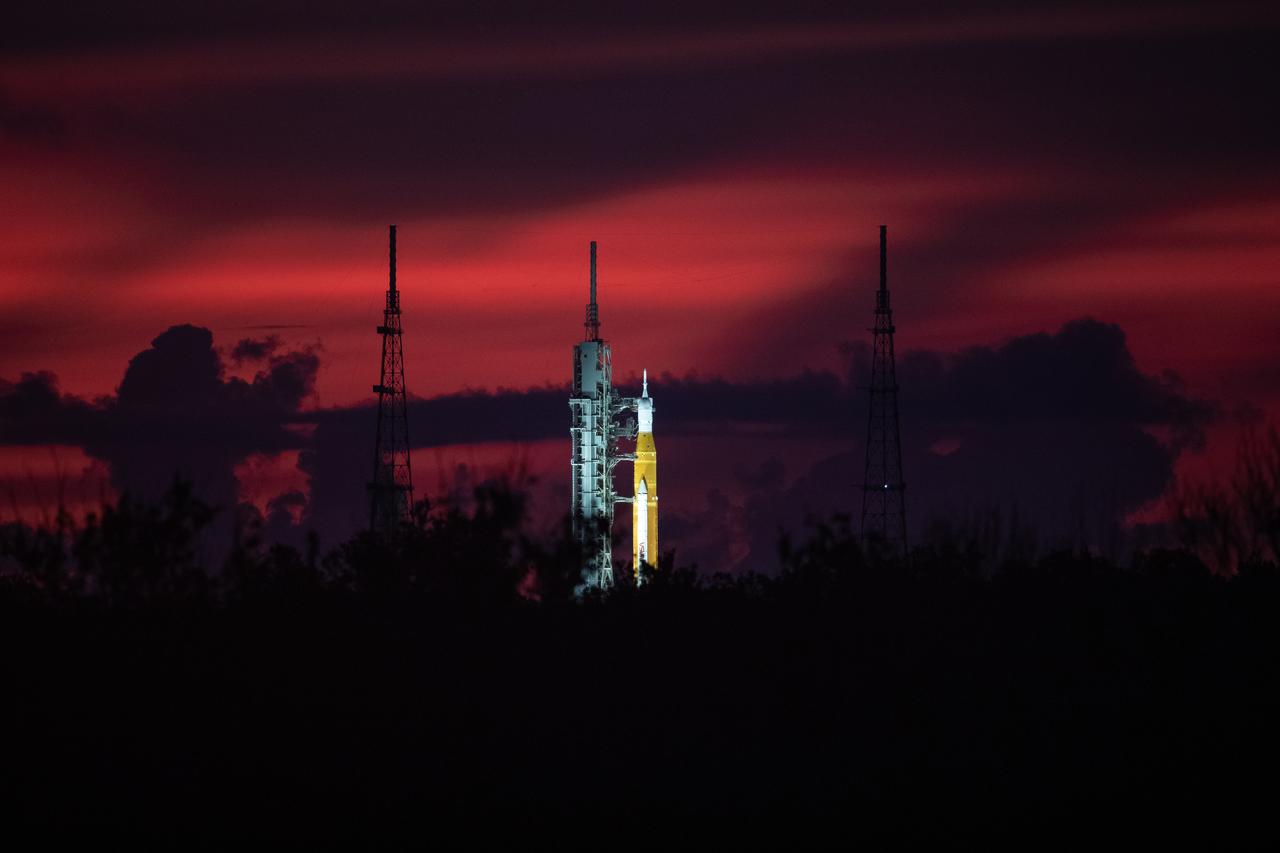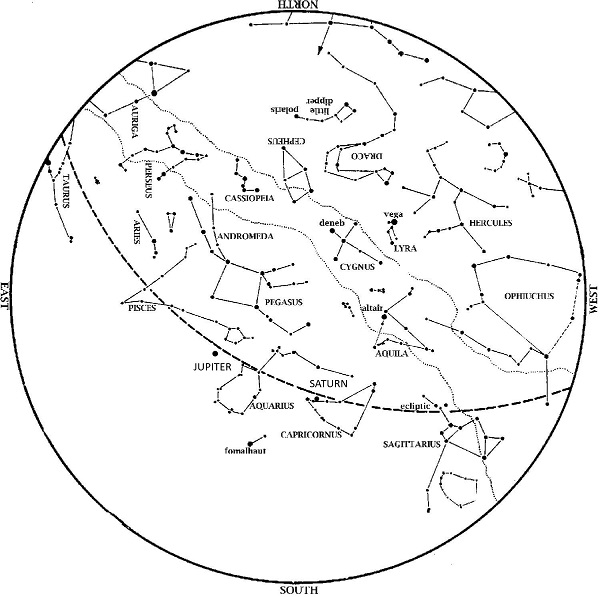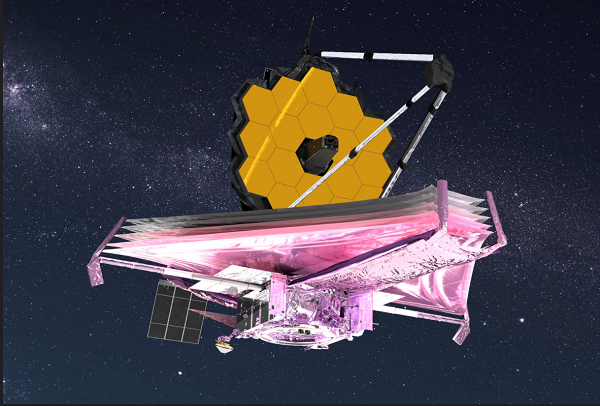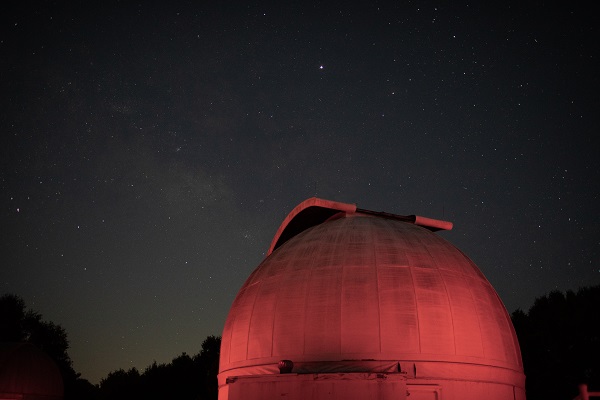In the history of mankind, there have been three major migrations: two of these happened a long time ago, and one (of the “one small step for man, one giant leap for mankind” type) happened in our own lifetime.
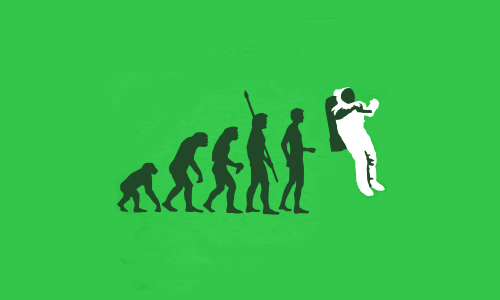 About 1.8 million years ago, hominids we call Homo erectus ventured outside Africa, wandering into Europe and Asia. Our own species evolved in East Africa around 200,000 years ago. About 50,000 years ago, Homo sapiens followed in Homo erectus’ footsteps, with significant numbers leaving Africa. Eventually they crossed Asia and made it all the way into the Americas.
About 1.8 million years ago, hominids we call Homo erectus ventured outside Africa, wandering into Europe and Asia. Our own species evolved in East Africa around 200,000 years ago. About 50,000 years ago, Homo sapiens followed in Homo erectus’ footsteps, with significant numbers leaving Africa. Eventually they crossed Asia and made it all the way into the Americas.

Homo erectus model displayed at the Westfälisches Landesmuseum, Herne, Germany in 2007 (Image from Wikimedia).
On July 20, 1969, Homo sapiens marked another milestone, with the first step on the Moon. Today, we have a permanent presence in space, albeit it on a very limited scale. We have come a long way indeed.
Long before Homo erectus left Africa, other bipedal creatures roamed Africa. Among these was Australopithecus afarensis, a hominid first discovered in Ethiopia. In 1974, Donald Johanson and his team uncovered a well preserved specimen who was nicknamed Lucy, and shortly afterwards also Dinkenesh.
Lucy and her species have been the subject of many scientific studies. However, when she traveled to the United States for the second time in 2007 (the first time was in 1975, to the Cleveland Museum of Natural History), she underwent a scientific procedure never before applied to her: for 10 days, she resided on the campus of the University of Texas at Austin, where she underwent a high resolution CT scan.
The scanned data was handed over to the government of Ethiopia and Mamitu Yilma, director of the National Museum in Addis Ababa. The successful completion of Lucy’s scan meant that the specimen is now safely archived in digital format — one of the reasons behind the scanning.
A small but dedicated team participated in the scanning project in Austin:

Members of the scanning team included (from left) Ron Harvey, conservator, Lincolnville, Maine; Alemu Admassu, curator, National Museum, Addis Ababa, Ethiopia; John Kappelman, UT Austin; and Richard Ketcham, UT Austin. The team used the ultra high resolution Xradia MicroXCT scanner (background), for some of the scans.
Dr. John Kappelman has had a long-standing relation with the Houston Museum of Natural Science. He was one of many scientific advisors to the curator of anthropology when the exhibit featuring Lucy was prepared. His own research into human evolution is the topic of an upcoming presentation at the museum.
To find out if we are “there yet,” come listen to Dr. Kappelman on Tuesday, May 13 at 6:30 p.m.
HMNS Distinguished Lecture
The First Big Trip – Are We There Yet? Africa and the Human Journey
John Kappelman, Ph.D.
Tuesday, May 13, 2014, 6:30 p.m.
Click here to purchase advance tickets.
This lecture is cosponsored by Archaeology Institute of America – Houston Society as part of its 2013-2014 Innovations series.




